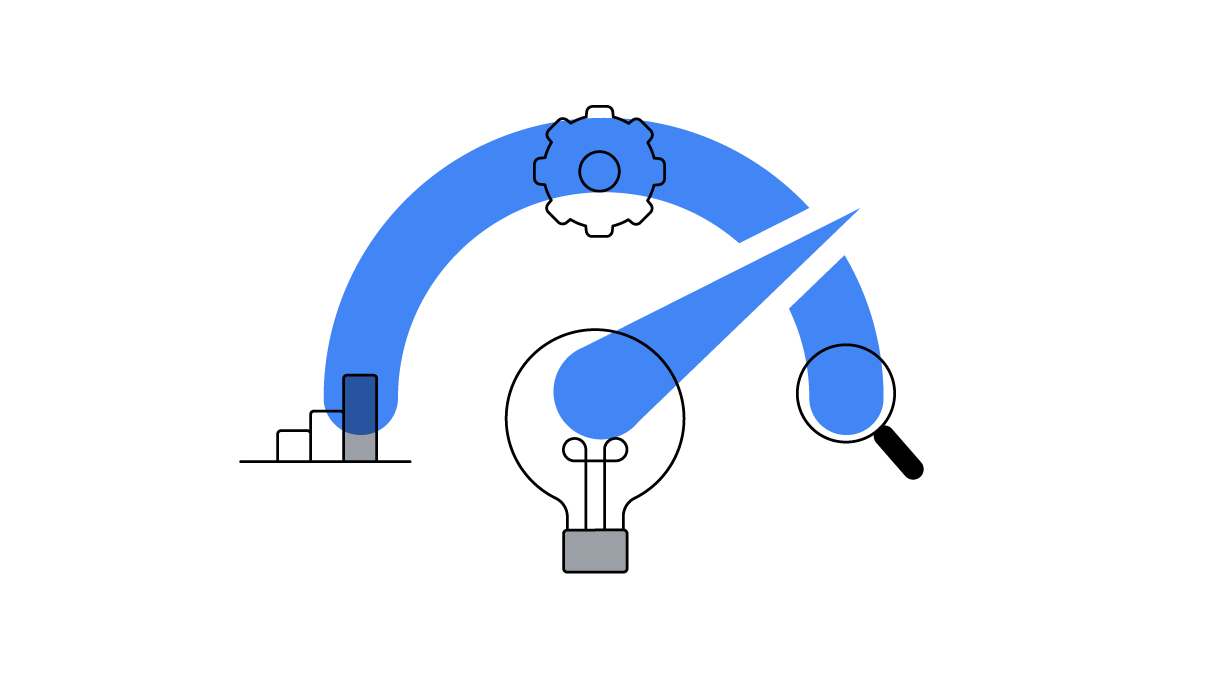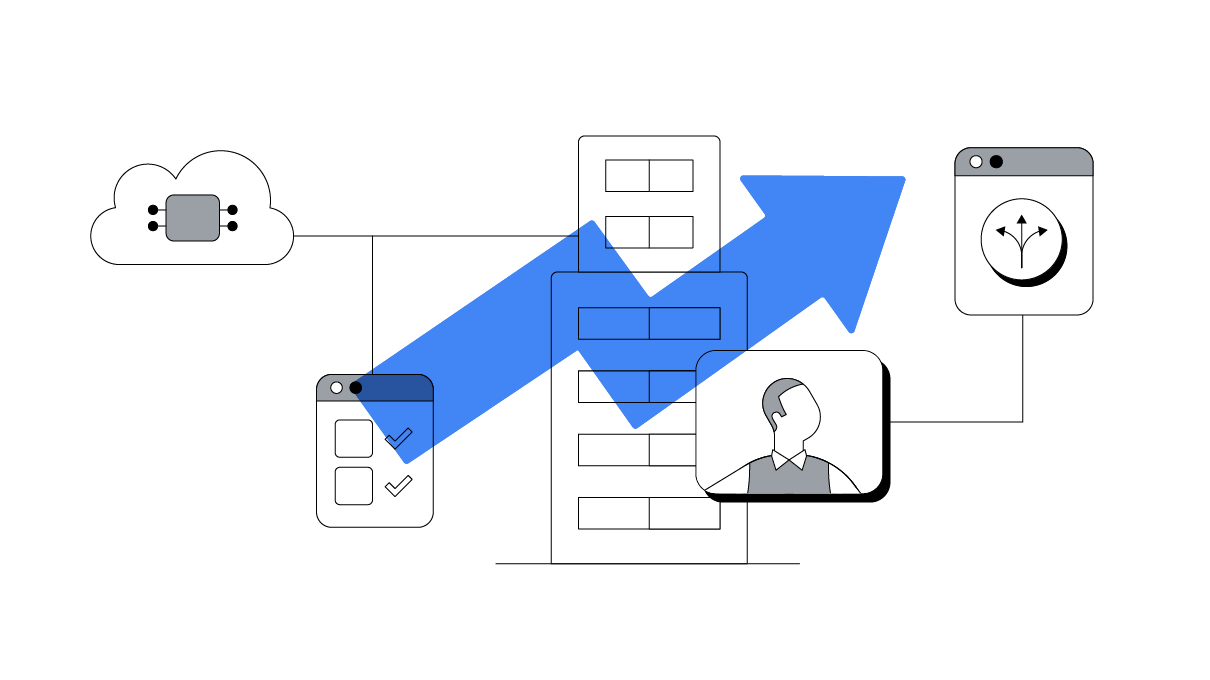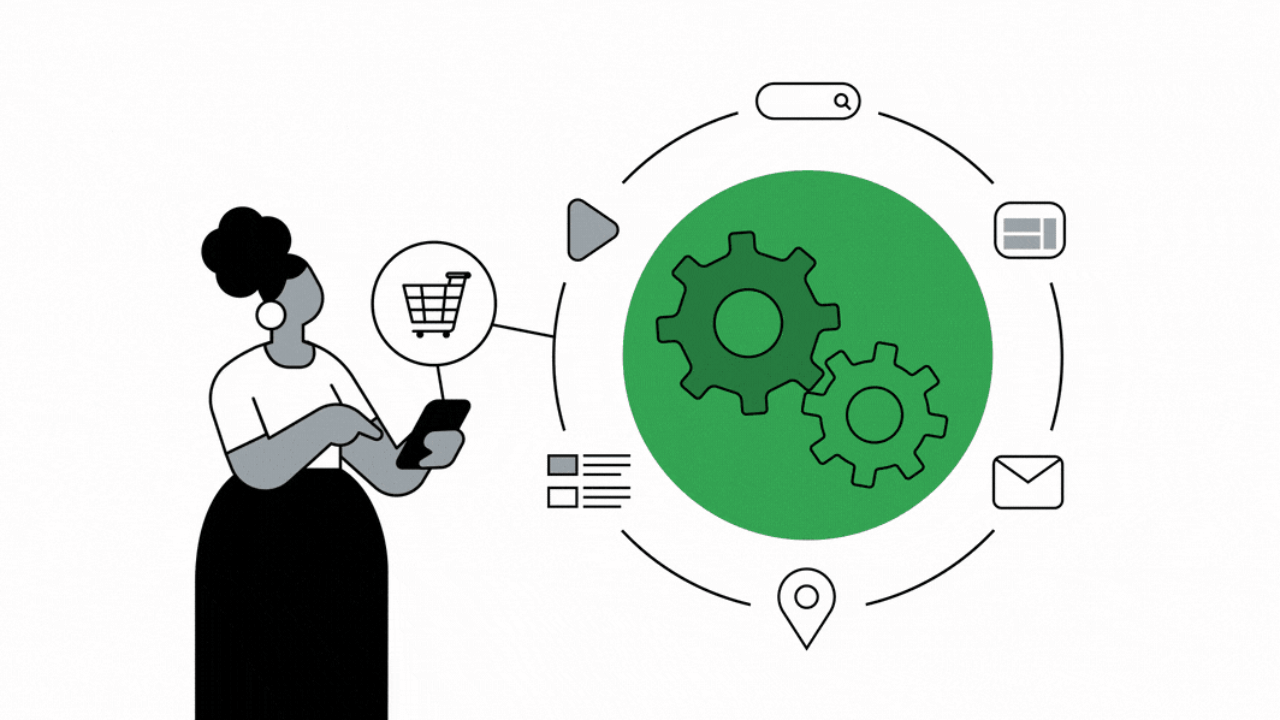If the past several months have taught us anything, it’s that life can change dramatically at a moment’s notice. For marketers, having a flexible, measurable strategy feels more important than ever.
The pandemic has required businesses in every vertical to rethink and adapt their strategies for changing consumer behavior. All of this disruption also comes at a time when many companies are trying to navigate new policies and regulations aimed at improving consumers’ online experiences and respecting their privacy.
One way companies can navigate these challenges is by increasing their digital marketing maturity. This means putting the right technology and organizational strategies in place to achieve effective reach and measurement while honoring users’ privacy preferences.
Companies that are less digitally mature rely mostly on third-party data for their marketing campaigns. With limited first-party data, they are unable to connect online and offline touchpoints, making it harder to understand their customers. Digitally nascent companies are also less likely to use advanced tools like cloud-based analytics or machine learning. And even when they do have the right data and tools in place to succeed, these companies often lack the resources required to drive success.
Research shows that when businesses do put the right strategies in place, they see enormous impact. In a 2018 study we did with Boston Consulting Group (BCG), we found that companies that had achieved full digital maturity, that were able to deliver relevant content to consumers at multiple moments across the customer journey, saw cost savings of up to 30% and revenue increases of as much as 20%.1

Recently, we teamed up with BCG again to take a closer look at digital marketing transformation in the context of the pandemic. We wanted to better understand the benefits of a digital-first formula and identify actionable steps that marketers can take today to set themselves up for future success. Here are three actions to consider based on what we learned.
Let first-party data be your guide
One of the most immediate changes that the pandemic caused is a surge in people going online to work, shop, connect with friends, and handle other everyday essentials. It also caused unexpected shifts in what people are buying and which brands they are buying from. Many brands are seeing an influx of first-time customers.
Harnessing your own first-party data paints a clear picture of these shifting behaviors and evolving audience segments so that you can better understand your customers and how their needs are changing. Our latest work with BCG suggests that it can also give you deeper insight into customer lifetime value, and identify which customers are most at risk of churning.
One Netherlands-based retailer, FonQ, took advantage of this during the early days of the pandemic, as stay-at-home orders went into effect. Using technology that provided regularly updated dynamic data, it quickly adapted its strategy to meet spiking online demand and solve for disrupted services to local delivery carriers.
Connect your data to unlock audience insights and improve ROI
As consumer needs and behaviors change rapidly, the path to purchase is also in flux. This presents unique challenges that vary by industry and geography, so there is no one-size-fits-all approach to adequately respond.
Since optimizing the customer journey was important to brands long before the pandemic, companies set up to do so can offer helpful insight into how to navigate the current moment.
One approach that digitally mature companies have taken is to connect data from various places around their organization in an anonymized and aggregated way to build a more complete picture of the customer journey. Our research shows that this can help improve the bottom line.
Swiggy, India’s largest online food ordering and delivery platform, is an example of a company using connected data to understand its target audience and attribute brand and sales metrics to its digital campaigns. Based on what it learns, its marketing team then optimizes campaigns to increase sales. This strategy drove a 42% increase in the contribution of the “sweets” category to Swiggy’s overall sales, for instance, compared with the same period in the previous year.

Prioritize cross-functional collaboration and strategic partnerships
Making better use of data isn’t solely a technical capability; there is an organizational component to it as well. Simply put, making the most out of your data requires talent with deep knowledge of how to use tools and provide insights.
Today’s uncertain climate has forced CMOs and their digital marketing teams to be more nimble and creative, and they will benefit from maintaining these habits for the long haul. For digital marketing teams that haven’t adopted agile frameworks and iterative fail-fast cultures, now is the time. If you lack the resources to upskill internally, leaning into strategic partnerships is a great way to access specialists who are equipped to connect your data, and manage tools and technology.
For digital marketing teams that haven’t adopted agile frameworks and iterative fail-fast cultures, now is the time.
When Mondelēz International sought to create more personalized experiences for their customers, for instance, it found itself trying to navigate a tremendous amount of data that, given the size of its product portfolio, was extremely fractured. So it partnered with a data and digital media consultancy, MightyHive. MightyHive helped it create a rigorous taxonomy of data across all Mondelēz brands and gain deeper insight into how its marketers around the world used data, including regional nuances.
By leaning into this expertise, Mondelēz was able to make smarter use of the information it already possessed and build a broad, long-lasting approach to personalization.
Becoming more digitally mature will ensure that your company has the technical and organizational muscle to support long-term success.
Starting on a path to digital transformation may seem overwhelming, particularly amid all the challenges presented in this new reality. But it’s worthwhile. Becoming more digitally mature will ensure that your company has the technical and organizational muscle to support long-term success. So take a look at where your organization is in its maturity journey, then commit to your action plan.
Learn more from BCG on what businesses can do now and in the future to address business challenges related to COVID-19, as well as broader industry shifts.







